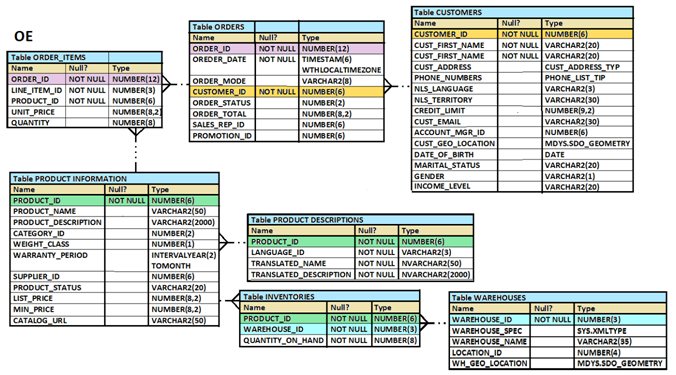Question: 1
View the Exhibit and examine the structure in the DEPARTMENTS tables. (Choose two.)

Examine this SQL statement:
SELECT department_id "DEPT_ID", department_name, 'b'
FROM departments
WHERE departments_id=90
UNION
SELECT department_id, department_name DEPT_NAME, 'a'
FROM departments
WHERE department_id=10
Which two ORDER BY clauses can be used to sort the output? (Choose two.)
Question: 2
Which two statements are true regarding the WHERE and HAVING clauses in a SELECT statement? (Choose two.)
Question: 3
You must create a table EMPLOYEES in which the values in the columns EMPLOYEES_ID and LOGIN_ID must be unique and not null.
Which two SQL statements would create the required table? (Choose two.)
Answer : B, E
Show Answer
Hide Answer
Question: 4
View the Exhibit and examine the structure of the PRODUCT_INFORMATION table.

PRODUCT_ID column is the primary key.
You create an index using this command:
SQL > CREATE INDEX upper_name_idx
ON product_information(UPPER(product_name));
No other indexes exist on the PRODUCT_INFORMATION table.
Which query would use the UPPER_NAME_IDX index? (Choose the best answer.)
Question: 5
Examine the types and examples of relationships that follow:

Which option indicates correctly matched relationships? (Choose the best answer.)
Answer : C
Show Answer
Hide Answer